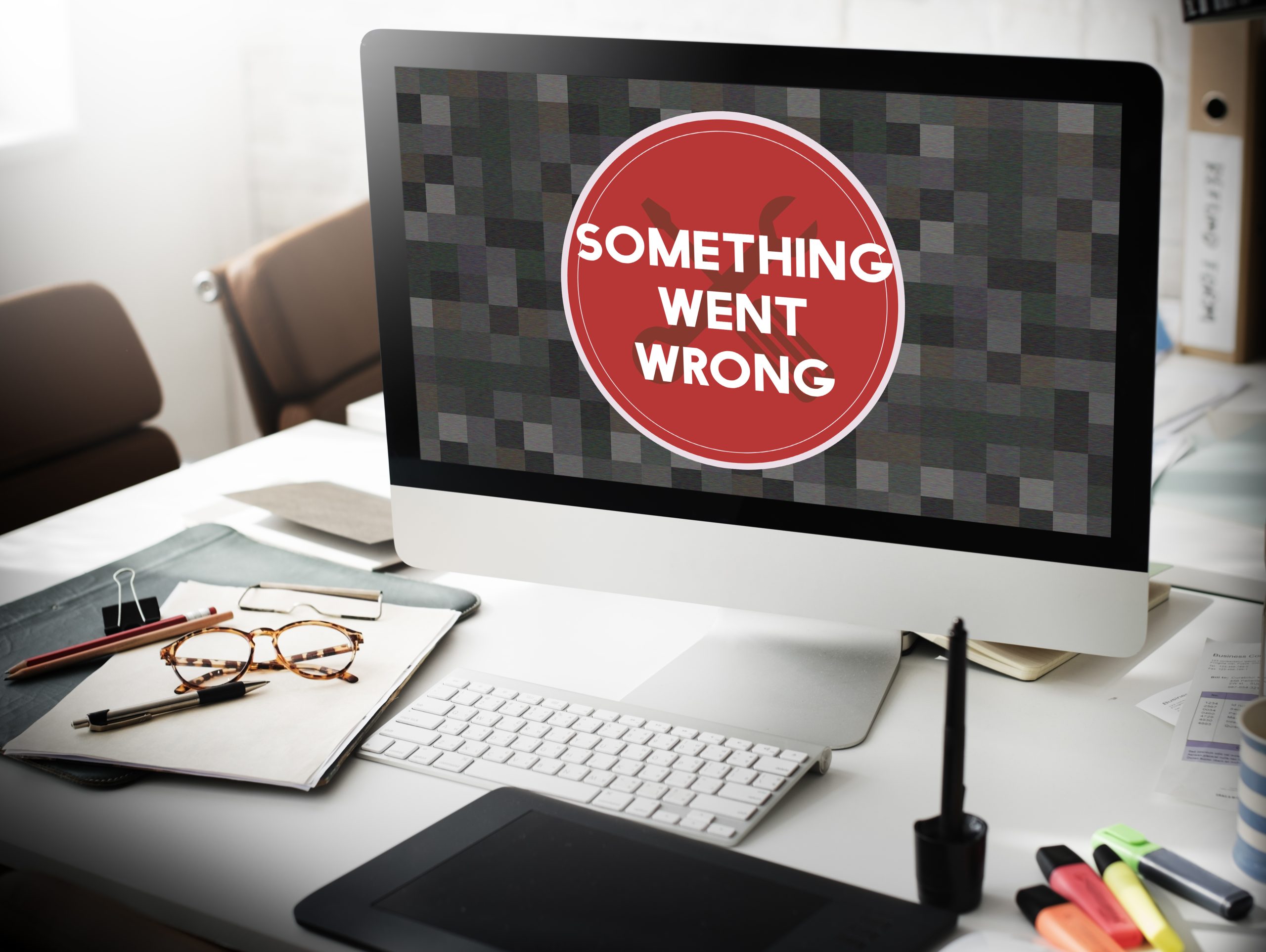Emails and SMS can be integrated into your communication strategy to reach your community in different ways. It’s essential to structure an effective message for optimal performance. To achieve this, it’s also useful to know the most common mistakes to avoid while composing communications.
Let’s explore some of them together!
Understanding Message Sending
SMS is the best method for keeping people updated on the latest news and ongoing offers. Therefore, omitting them from your strategy can be a grave error. Given their higher open rates compared to emails, SMS is ideal for delivering quick, time-sensitive information. It’s helpful to develop a communication plan that includes this tool, as it reaches anyone, even without an internet connection. Being a paid service, brands use SMS more cautiously, sending messages with a clear purpose and targeting selected communities as recipients.

On the other hand, emails can be used to send more detailed communications that require additional information that can’t be synthesized in SMS. Importantly, the two communication channels can’t replace each other, but they can complement each other effectively.
Defining Objectives, Target Audience, and Timelines
One of the most prevalent mistakes in SMS and email marketing is the lack of defined objectives, target audience, and timelines. While some companies neglect this channel entirely, others fail to comprehend its potential, resulting in improper use and unsatisfactory outcomes.
Conducting a contextual study is crucial to understand the operating environment, subsequently determining the approach and path to take. By analyzing the context and competitors, you can gather valuable information for your business, vital for creating a distinctive strategy. Having a unique element in your brand’s strategy enhances brand awareness and recognition.
Hence, proceed by setting specific, achievable, and measurable objectives within agreed-upon timelines. Similarly, analyze the target audience, striving to create segments (geographical, behavioral, or demographic) that share common characteristics. Creating segmented lists helps optimize communications, preventing the mistake of sending irrelevant messages that lead to unsubscribes.
A common error is the lack of sending timing planning. While there’s no definitive “best time” to send messages, there are certainly times to avoid, such as weekends or late evenings (unless necessary and tied to specific occasions). To understand when your community is most receptive to your communications, use the analytics part of your sending platform to identify peak activity hours and open rates.
Message Personalization
Giving attention and care to the messages sent makes communication more enjoyable for recipients. Personalization is appreciated, making recipients feel special compared to uniform communications. Creating personalized messages sets you apart from the multitude of daily messages from brands that often come across as dull and uninteresting, sent to all contacts in the same generic manner.
Thus, paying attention to personalization is crucial!
Campaign Monitoring
Lastly, what many underestimate is monitoring the sent campaigns, which is, in fact, a fundamental aspect. Monitoring and assessing performance allow you to understand how your email and SMS marketing campaigns are faring, enabling concrete insights for future campaigns. This activity permits you to conduct tests to understand preferred formats or content within the community, and to gauge user behavior. Statistics provide crucial data, including open rates, link clicks, and unsubscribes. These insights allow for thorough analysis and consideration for the future.








